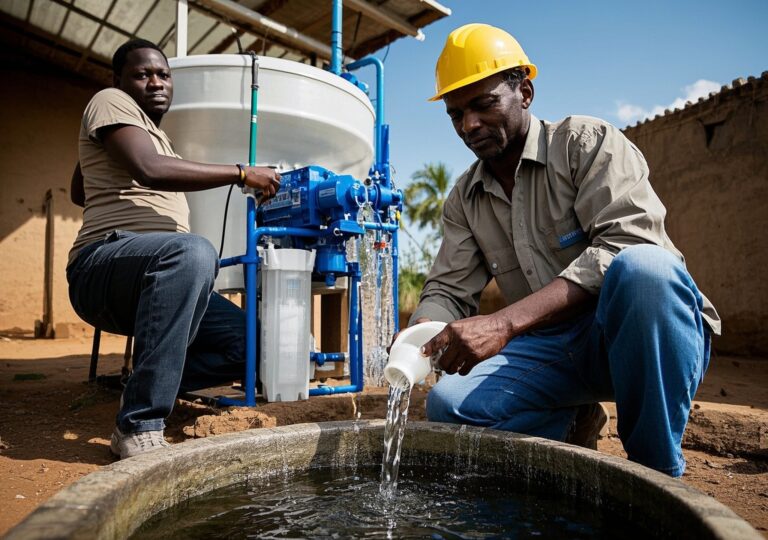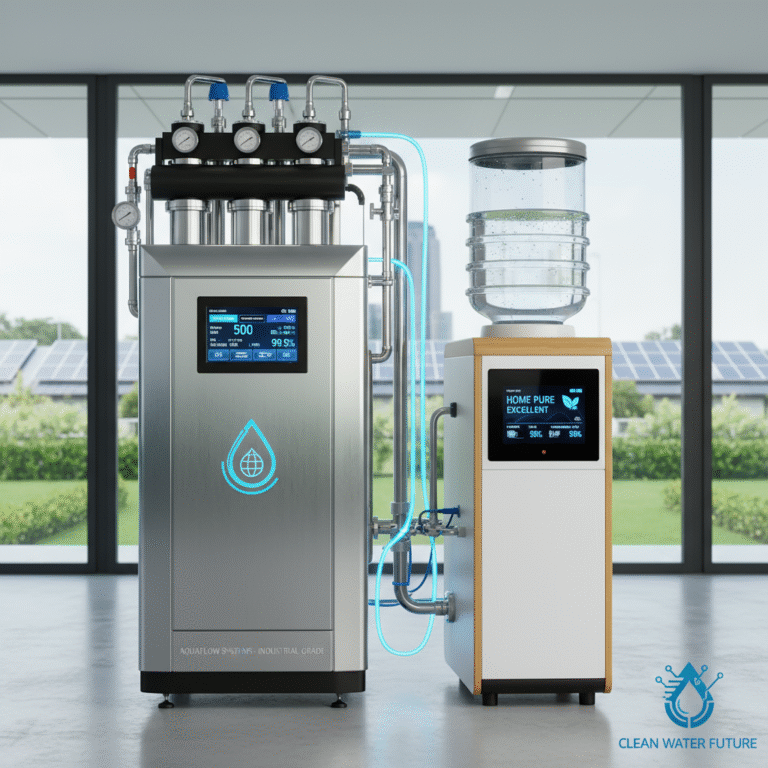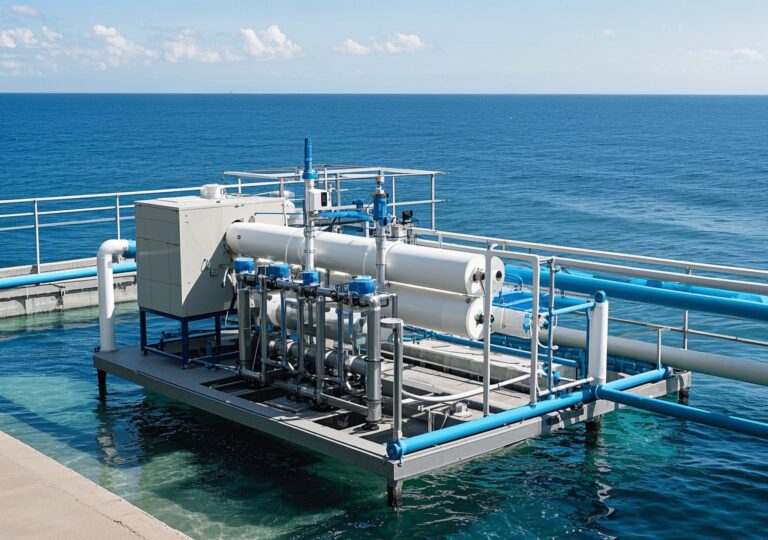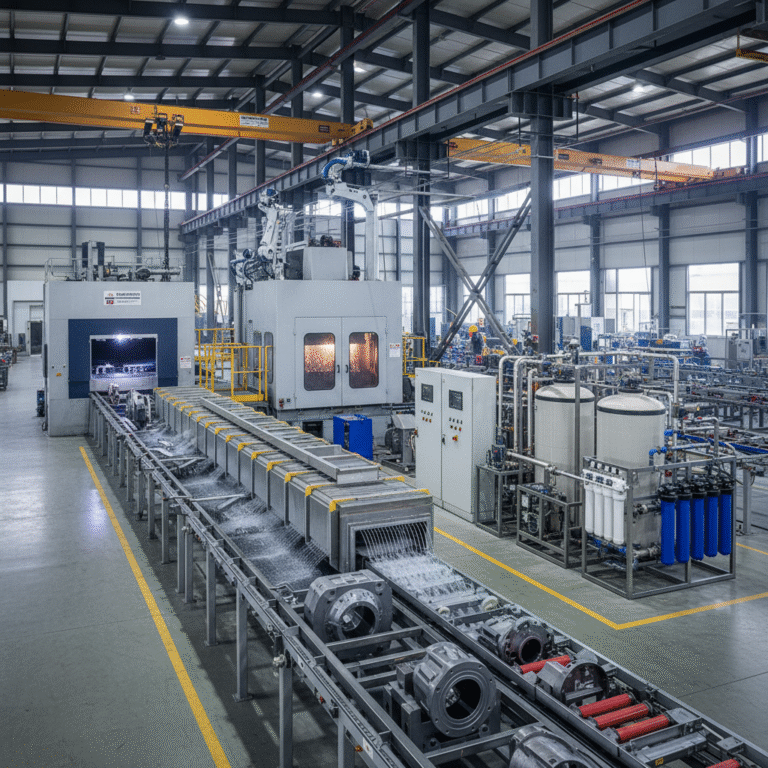Jovial Discoveries: Uncover the Impact of ro water treatment in Africa
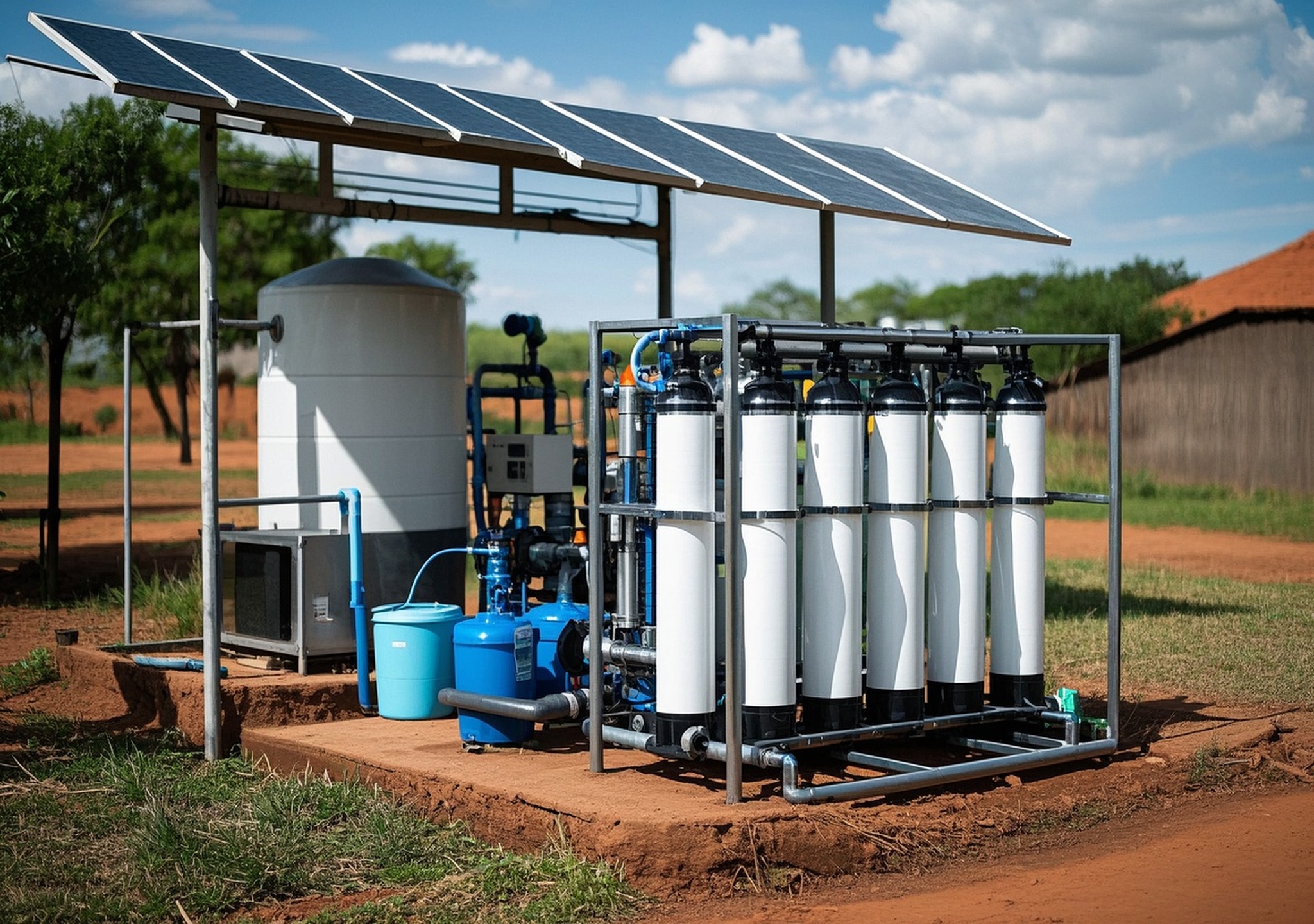
Jovial Discoveries: Uncover the Impact of RO Water Treatment in Africa
1. Introduction: Water Challenges and Promise of RO Technology in Africa
Africa faces a pressing water crisis characterized by uneven freshwater distribution, rapid population growth, and increasing urbanization. Many regions grapple with limited access to safe drinking water, impacting public health, education, and economic development. According to the World Health Organization, over 40% of the continent’s population lacks access to improved drinking water sources, contributing to waterborne diseases and mortality.
Addressing these challenges requires innovative and reliable water purification technologies. Among them, reverse osmosis (RO water treatment) stands out for its ability to remove a broad spectrum of contaminants—microorganisms, heavy metals, nitrates, pesticides, and dissolved solids—delivering potable water even from brackish or highly polluted sources. The adoption of RO water treatment systems is pivotal not only for health but also for strengthening Africa’s socio-economic fabric by enhancing water self-sufficiency and reducing reliance on scarce freshwater resources.
From my experience working with municipal water projects in East Africa, the transformational impact of integrating RO systems into local water treatment plants is evident. In one urban initiative, replacing traditional filtration with a customized RO system improved water quality parameters by over 90%, significantly reducing outbreaks of typhoid and cholera within two years.
2. Overview of RO Water Treatment Technologies and Equipment
RO water treatment works by forcing contaminated water through a semi-permeable membrane that selectively removes impurities. Modern RO systems typically include several key components:
- Pretreatment Units: Remove large particles and chlorine to protect membranes.
- High-Pressure Pumps: Provide adequate pressure (up to 600 psi) to drive water through membranes.
- RO Membrane Modules: Made from thin-film composite (TFC) membranes, dominant due to efficiency and lifespan, capturing dissolved salts and microbes.
- Post-Treatment Systems: Include remineralization and disinfection to ensure taste and safety.
There are variations tailored for specific applications. For instance, ultrafiltration (UF) membranes handle suspended solids, while electrodeionization (EDI) can further polish RO permeate for ultrapure water needs. Spiral wound membranes dominate the RO market because their design maximizes membrane surface area within compact modules—this allows for high throughput in limited physical footprints.
Many RO plants in African urban and rural setups combine these technologies in staged processes, enhancing overall reliability and water recovery rates.
3. Regional Water Resource Challenges and Market Demand in Africa
Africa’s climate zones range from arid deserts to tropical rainforests, with many regions enduring chronic water scarcity due to drought and seasonal variability. Sub-Saharan Africa is particularly vulnerable; groundwater sources often contain high salinity or fluoride levels, rendering them unsafe without treatment.
This scarcity aggravates agricultural productivity declines, industrial stagnation, and health risks, underscoring urgent market demand for dependable water treatment solutions. Additionally, expanding urban populations increase potable water demand beyond what conventional sources can supply.
In countries where clean water infrastructure is limited, decentralized RO plants have emerged as effective solutions. For example, in Northern Nigeria’s arid zones, community-level RO units have supplied safe drinking water to over 20,000 people, reducing dependency on unsafe wells and river sources.
The market is driven by government programs aiming to meet Sustainable Development Goal 6 (clean water and sanitation), donor investments, and private sector engagement. Awareness campaigns on drinking water safety and health risks further stimulate adoption of RO technologies.
4. Drinking Water Plant Standards and Process Flows
Designing drinking water plants that deploy RO water treatment requires strict adherence to local regulations and international standards such as WHO Guidelines for Drinking-water Quality, EPA standards, and national water quality laws. Parameters like total dissolved solids (TDS), microbial counts, heavy metals, and chemical contaminants must conform to prescribed limits.
A typical treatment workflow in an RO-based plant includes:
- Raw Water Intake: Collection from surface or groundwater sources.
- Pretreatment: Sediment filtration, pH adjustment, chlorine removal, preventing membrane fouling.
- RO Membrane Filtration: Removal of dissolved salts, pathogens, and organic compounds.
- Post-Treatment: Disinfection (e.g., UV, chlorination), remineralization to stabilize water chemistry.
- Storage and Distribution: Safe storage tanks and pipelines minimizing contamination risks.
During commissioning, comprehensive water quality testing ensures systems meet parameters such as < 500 mg/L TDS, zero coliform presence, and negligible arsenic or nitrate concentrations. In my consultative projects, integrating real-time monitoring sensors enabled continuous compliance tracking and proactive maintenance, yielding higher operational reliability.
5. Customized Solutions and Engineering Design for Diverse Applications
The diversity of water sources and community needs across Africa requires flexible engineering solutions in RO plant design.
Small to Medium Communities: For villages or peri-urban areas serving hundreds to a few thousand people, modular RO units with solar-powered pumps have demonstrated cost-efficiency and ease of maintenance. Pretreatment systems are designed considering local water quality parameters, often including softening stages to reduce scaling tendencies.
Industrial and Commercial Applications: In mining camps and agro-processing facilities, robust RO systems integrate multistage filtration, intensive monitoring, and automated cleaning protocols to maintain uptime under harsh conditions.
Project engineering must address factors such as:
- Sourcing membranes resistant to local water chemistry
- Implementing energy recovery devices to reduce operational costs
- Designing control systems for remote monitoring and alarms
- Ensuring spare parts availability and technical training for operators
In a water plant I helped design for a rapidly growing township in Kenya, deploying advanced thin-film composite membranes coupled with real-time turbidity and conductivity sensors improved water recovery by 15% while reducing downtime for cleaning cycles by 25% within the first year of operation.
6. Case Studies Demonstrating Social and Economic Benefits
Case Study 1: Urban RO Water Plant in Accra, Ghana
In a municipal project serving over 100,000 residents, installation of a large-scale RO system replaced aging sand filtration plants. Over two years, water quality improved to meet international safety standards consistently, reducing gastrointestinal illnesses by 35%. The project spurred local employment in plant operation and maintenance and fostered trust in municipal water supply.
Case Study 2: Rural Community RO Units in Botswana
Deploying smaller, community-scaled RO units powered by solar energy provided reliable potable water in remote villages otherwise dependent on unsafe boreholes. Household waterborne disease incidence fell by nearly 50% within 18 months post-installation. Economic gains included increased school attendance and female empowerment by reducing water-fetching burden.
These outcomes illustrate how RO water treatment technologies serve as catalysts for sustainable development, harmonizing public health advances with socio-economic upliftment.
7. Conclusion and Call to Action
As Africa navigates pressing water security challenges, embracing advanced RO water treatment technologies in drinking water plant design offers a proven pathway to deliver safe, reliable, and sustainable water solutions. Combining rigorous engineering with contextual understanding ensures customized systems meet quality standards and local needs effectively.
Stakeholders, including governments, NGOs, and private sector players, are urged to collaborate and invest in capacity building, technology transfer, and infrastructure expansion. Taking these steps will protect communities, enhance resilience, and foster economic growth grounded in clean water access.
If you are considering implementing or upgrading RO water treatment plants, expert consultation is crucial for tailored system design and operation excellence. Reach out to industry specialists to explore how these solutions can transform water security in your region.
Together, we can unlock the life-changing potential of RO water treatment to quench Africa’s thirst sustainably.
Source data synthesized from:
– Technavio: “RO Membrane Market and RO Water Purification Trends”
– Grand View Research: “Water Treatment Systems Market Size and Forecast”
– MarketsandMarkets: “Global Reverse Osmosis Market Reports”
– Allied Market Research: “Water Treatment Technology Market Analysis”
– Research and Markets: “Global RO System Components Reports”

